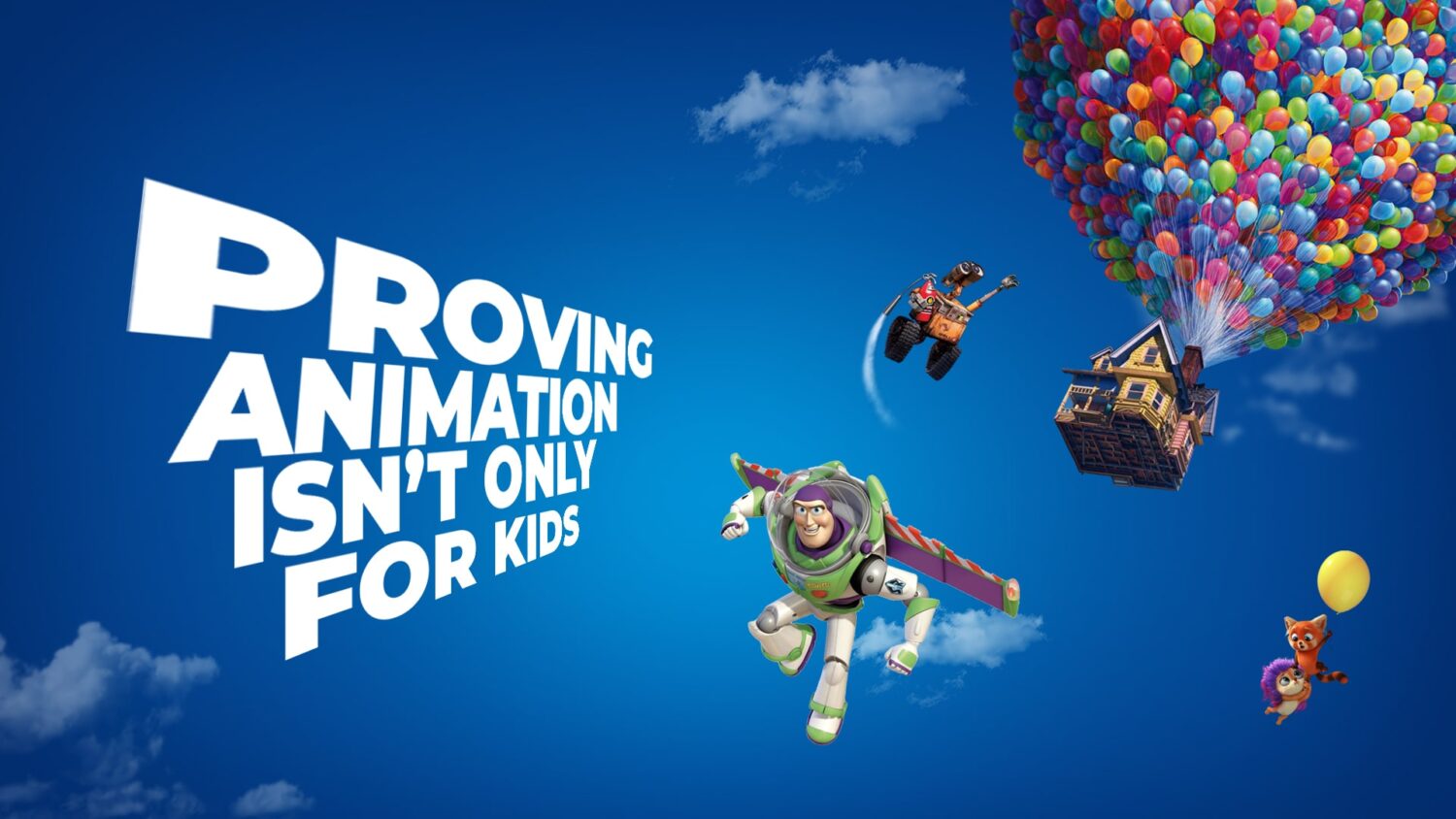“Aren’t you too old to be watching cartoons?”
It’s not so seldom that we hear this question. From society to award shows, animation is often slammed for being immature and not serious enough to compete with the big fellas; Hollywood star-studded movies, and live-action films.
Even when that’s not the case, we’re reminded of the ever-going thought that animation was, is, and will forever be for children and for children only; a claim that’s no less similar than saying vegan food is plain lettuce leaves.
In this article, we’re aiming to find out how this belief was shaped, try to eliminate the bias, and explain why, in fact, animation is for all age groups.
Can adults enjoy animation too?
You don’t have to look far to find adults who truly enjoy animation. A parent who eagerly stayed up to finish the cartoon you asked them to watch with you, or that friend whose still a loyal anime fan. Or maybe yourself?
Each lesson we learned as children transitions into adulthood. Besides, what better way to relive those days and stay young from the heart?
“Kidult” would be a suitable term to use here. It refers to adults with media consumption and tastes similar to a child’s.
Not only is this not a bad thing, I personally find these people more interesting as they’re in touch with their childhood.
Where did the problem arise?
Ironically, the problem, or misunderstanding as I’d like to call it, came partially from one of the pioneers of the animation industry.
From the early days, Disney’s animated features were mostly targeted at kids. Despite containing scenes that were sensitive for children, Snow White and The Seven Dwarves, Pinnochio, and Bambi were simple and kid-friendly. For the audience of the 30s and 40s, animated features seemed beautiful and new, but mostly for children. Unfortunately, the misconception has been passed from generation to generation.
And what’s worse is, old habits die hard.
Then there’s the undeniable silliness in animated movies. One cannot overlook the exaggerated figures of Pixar’s characters, dorky vocals, and quirky gestures. But so what? Do any of these make animated movies less of a magnificent work?
Looking further back, the very first animations had some silliness to them too. Adults were bewildered by the imagination, but so were kids. Take Émile Cohl’s 1908 Fantasmagorie, which is considered by many to be the first fully animated film ever.
Breaking the ‘only for kids’ stigma
Most cartoons teach everyone good things. Good old The Lion King tells a story of forgiveness and asks us to stop worrying about things we have no control over. Three decades later, The Mitchells vs. the Machines emphasizes the importance of family and the beauty of the effort people make to understand each other’s differences to have closer relationships.
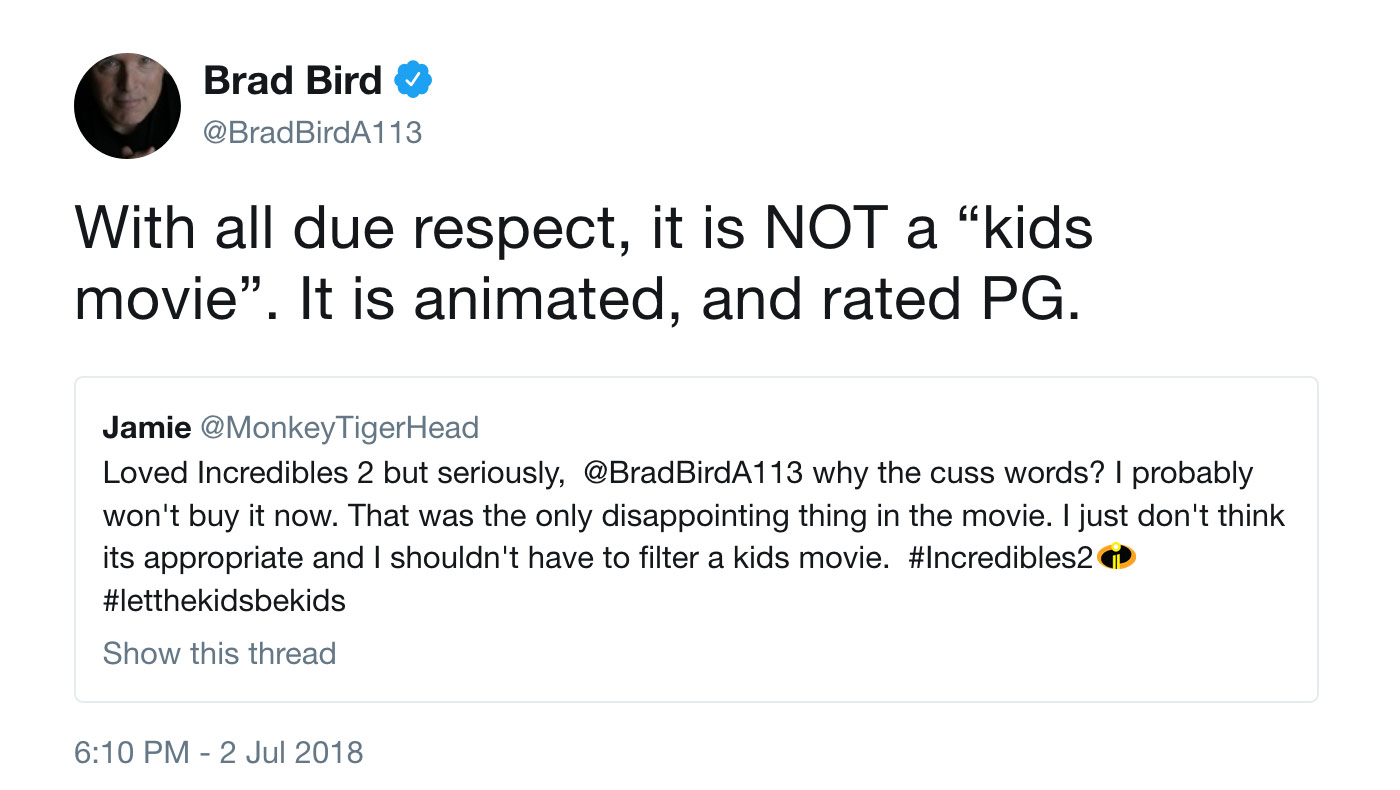
Personally, I enjoyed The Incredibles as a kid and loved the sequel, which I watched in my adulthood, just as much. Different experiences, but equally enjoyable.
I repeat: There’s been a “misunderstanding”. Those who confront you for watching kids’ cartoons have never been exposed to serious topics in animation. They probably already know shows like Family Guy and The Simpsons, but the rest is gibberish for toddlers and little kids to them.
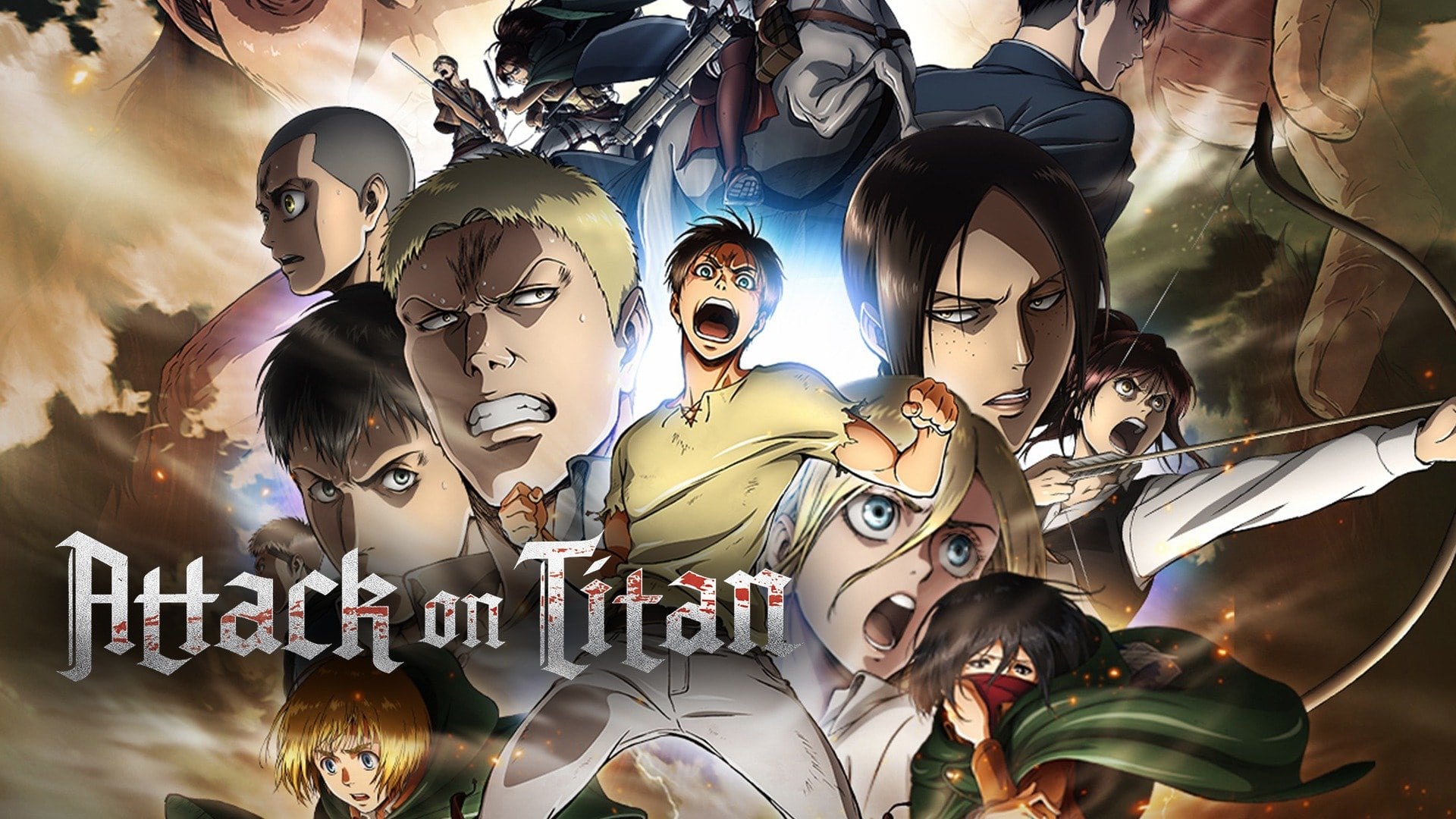
I’d love to know if they’d let their kids near Disney’s Bambie. It’s a cartoon. It’s supposed to be only for kids. But why is it that ANYONE BUT KIDS can sit through the painful scenes?
“Any great movie you watch has some element of darkness or loss or some suffering in it. That’s what makes the fun parts fun.”
Pete Docter – Director, Soul
Companies like Pixar have been making animated movies that are both for kids and adults. There’s nothing stopping kids from enjoying Wall-E or Monsters-inc. Adults enjoy it in a different way as they recognize its meanings with their adult brains.
But hey, I get it. Many cartoons embark on dark, violent themes that could damage a child’s brain. We leave it to the parents to decide if their children should see them or not.
To give you a broader view, I can introduce Statista’s 2018 survey that says over 60% of Americans aged 18-49 watch Cartoon Network, a cable television channel with children 6-14 as its target audience.
Moreover, Pew Research Center found 32% of internet users ages 18-29 watch or download animations or cartoons online on a typical day.
So, if you’re a kidult, it might be good to know that you’re not alone!
All that said, there’s still the issue of the degradation of animation next to live-action.
Animation vs. live-action
To bring out the difference between animation and live-action, we first need to go through what they are and how they’re made.
Animation is the art of making a bunch of images and drawn sketches seem like they move in a series of frames. Animators do everything from scratch, so it could take a while to bring to life the desired images and scenarios.
“I prefer that animation reach into places where live-action doesn’t go, and it seems like all of animation nowadays is trying to go where live-action is.”
Don Bluth – Director, Anastasia
Live-action, on the other hand, is the process of recording moving or still objects in real-time to make live-action videos. The whole process takes less but unlike animation, it’s very difficult to edit live-action.
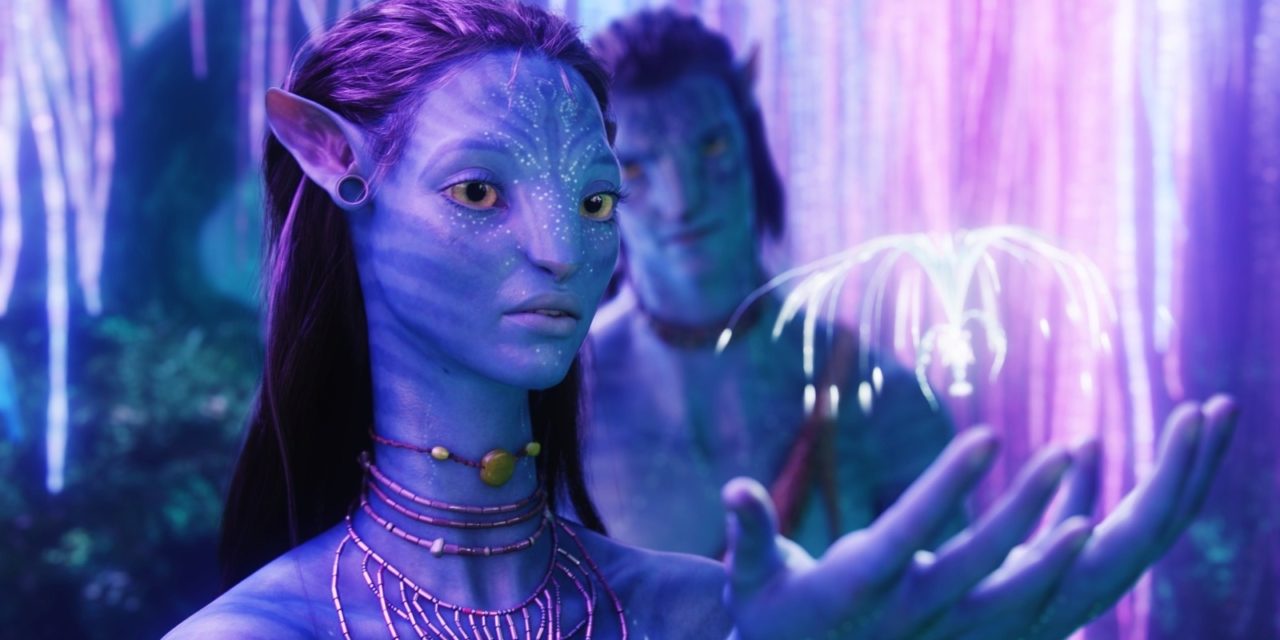
Sure, animation has the potential to take longer than live-action to make and can feel impersonal to some audiences, but in many ways, it triumphs over the latter because:
- Animation is perfect for the simple depiction of abstract ideas and intricate services.
- Animation breaks the walls of imagination to emotively deliver a visual experience most people have never had or even thought of before.
- In animation, there’s no need for expensive set locations. You need capable hardware and updated software to create attractive visuals, but this can be done from your home if you have the tools!
- For live-action, you need actors to come to the set and be filmed. One or a few talented voice actors however will suffice to make an animated movie. Some animations won’t even require a voicing cast as the message can be delivered by solely the visuals.
- Animation can be used for multiple platforms and for a long time since it has the potential to be updated over time and go through edits.
Many clients who come to us ask for a combination of both animation and live-action for their projects. So honestly, there’s no telling which one is better for you as it firmly depends on the project (and of course, budget).
Okay, with that out of the way, who’s going to convince the Academy?
Animation vs. the Academy
Animation’s come a long way to prove its place as a medium that’s worthy of recognition next to Hollywood’s classics and live-action blockbusters. To explain what I mean, let me start this chapter with a story about greatness.
In the same year that Clark Gable and Myrna Loy were crowned the “King and Queen of Hollywood” by 20 million fans, Walt Disney, who had enjoyed the success of several short animated films, decided to finally release the first fully animated feature of history.
He had acted out the whole script in front of the Disney staff a few years ago, and to show a full-length story through animation was something no animation studio had ever done before. But his excitement over the story inspired the animators to go through with his idea.
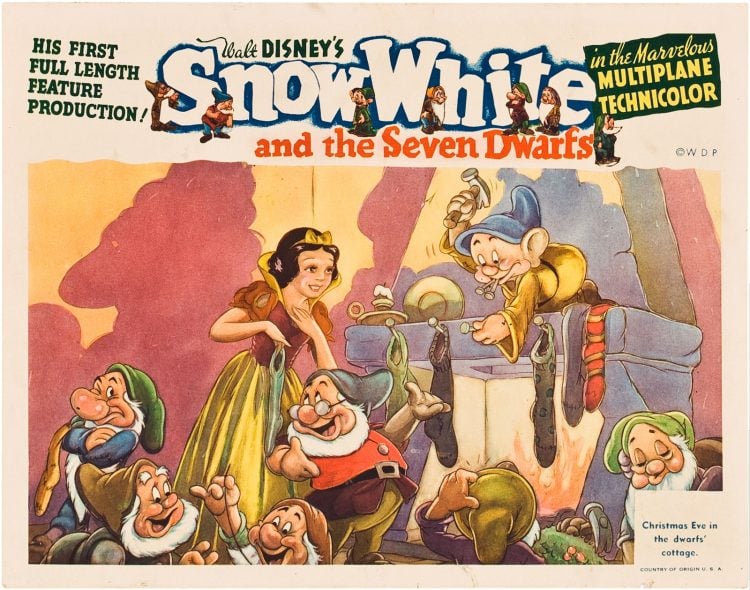
When word got out, the media taunted Disney and said nobody would pay to see a 90-minute feature with no real actors in sight.
With a crippling cost of 10 times more than an animated short, Disney bet all their chips on Snow White and The Seven Dwarfs. Should it have failed, the studio would’ve gone down with it.
Little did they know that Disney’s folly turned into Disney’s Triumph. Snow White and The Seven Dwarfs became the highest-grossing film of the time and inspired generations of animators and storytellers for decades to come. The Disney staff perfectly demonstrated that if you can dream it, you can do it.
The animated movie was almost nominated for best picture, but it didn’t make the list because most critics believed films “without real actors” shouldn’t be considered for nominations.
“Unfortunately, the majority of the Academy members…don’t all see animation’s potential beyond family-oriented entertainment.”
Tomm Moore – Director, The Secret of Kells
Years went by, and following Disney’s renaissance with the Little Mermaid, it was Dream Work’s Shrek that finally won the award for Best Animated Feature in 2002.
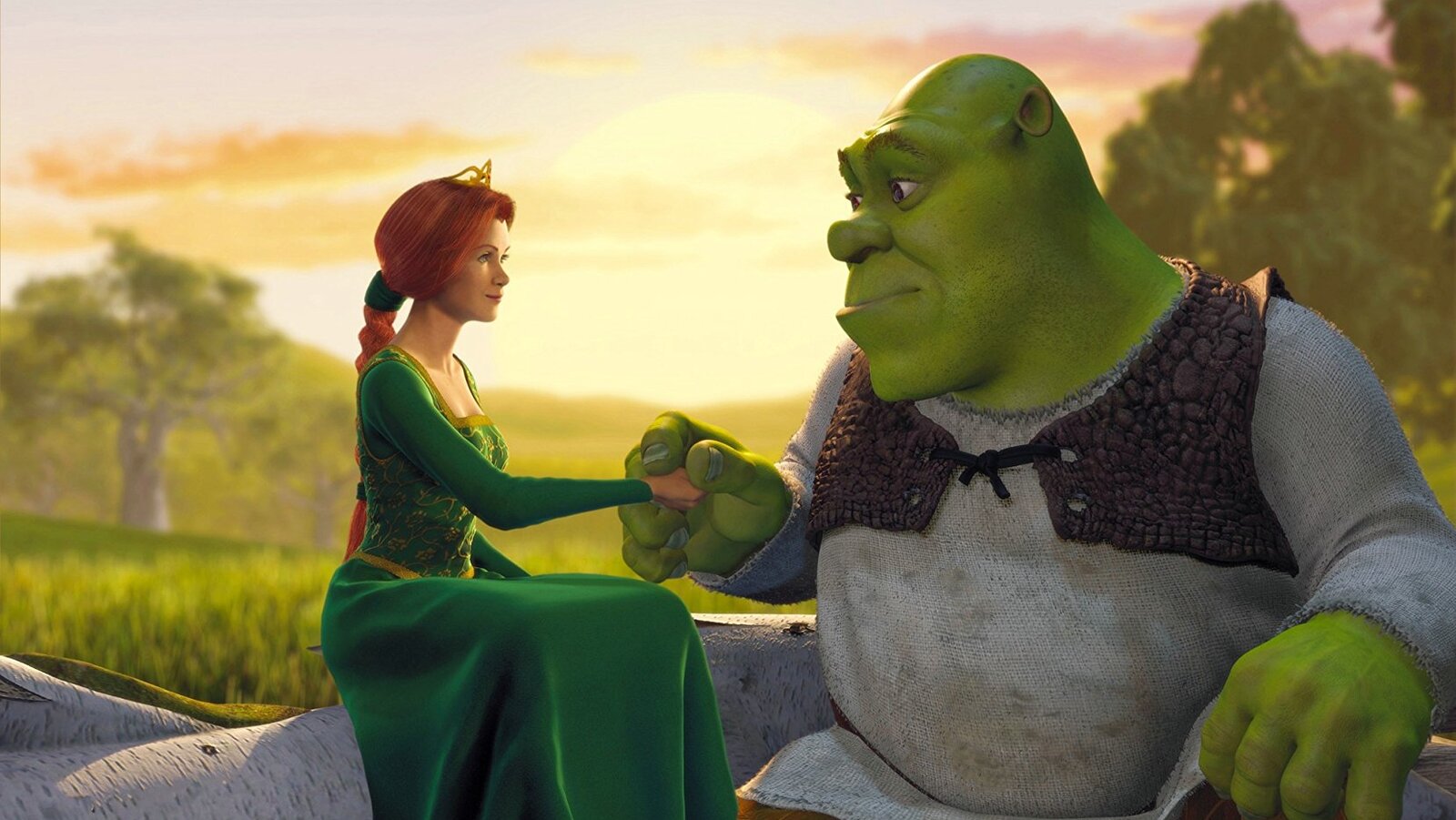
Pixar dominated the industry for years and racked up more animation fans and trophies with masterpieces like Toy Story 3, Up, Wall-E, Inside Out, Coco, Toy Story 4, and Soul, but the issue of limiting animation to children remains to this day.
How do I know? Because it was repeated at the 2022 Oscars. It was a great night for the creators of Encanto, but in a speech, the presenters of the Academy award subconsciously (optimistically speaking) dropped the words “kids” and “childhood” next to animation over and over again, clearly demonstrating that they still don’t recognize it as a medium for all.
6 main reasons why animation isn’t only for children
So far, we’ve discovered where the belief “animation is only for children” comes from, and how some events helped shape this thought. Animation’s more than a series of moving pictures that bring pleasure to our eyes. These six reasons will prove further how a medium can influence the lives of people of all ages in different ways:
1. Animation is limitless
There are a few reasons why animation is for all, but this stands above all of them.
Animation is freedom. You can draw any expression and communicate any feeling or idea or message by drawing them. Think of a poodle trapped in a bubble, floating in space. Or a glowing mucus playing the violin next to the Berlin wall. Or any other crazy idea. No problem! It can all be shown through animation.
2. You can enjoy animation with the little ones
There are few things parents actually enjoy doing with their kids. Excluding the chores you have to do as a parent, cartoon time is something like a delicious meal; you both love it. Children will remember many of the beautiful cartoons they had watched in their childhood and absorb the life lessons slid in them. By keeping them company, they’ll also remember who they spent some of their best times with.
3. Animation teaches you new things
One of the greatest ways to know about different cultures and people is through animation. Pocahontas familiarizes us with the Native American culture, Ratatouille advertises Paris as the city of the finest cuisines and sceneries. And take Hercules, an animated musical fantasy comedy film inspired by Greek Mythology.
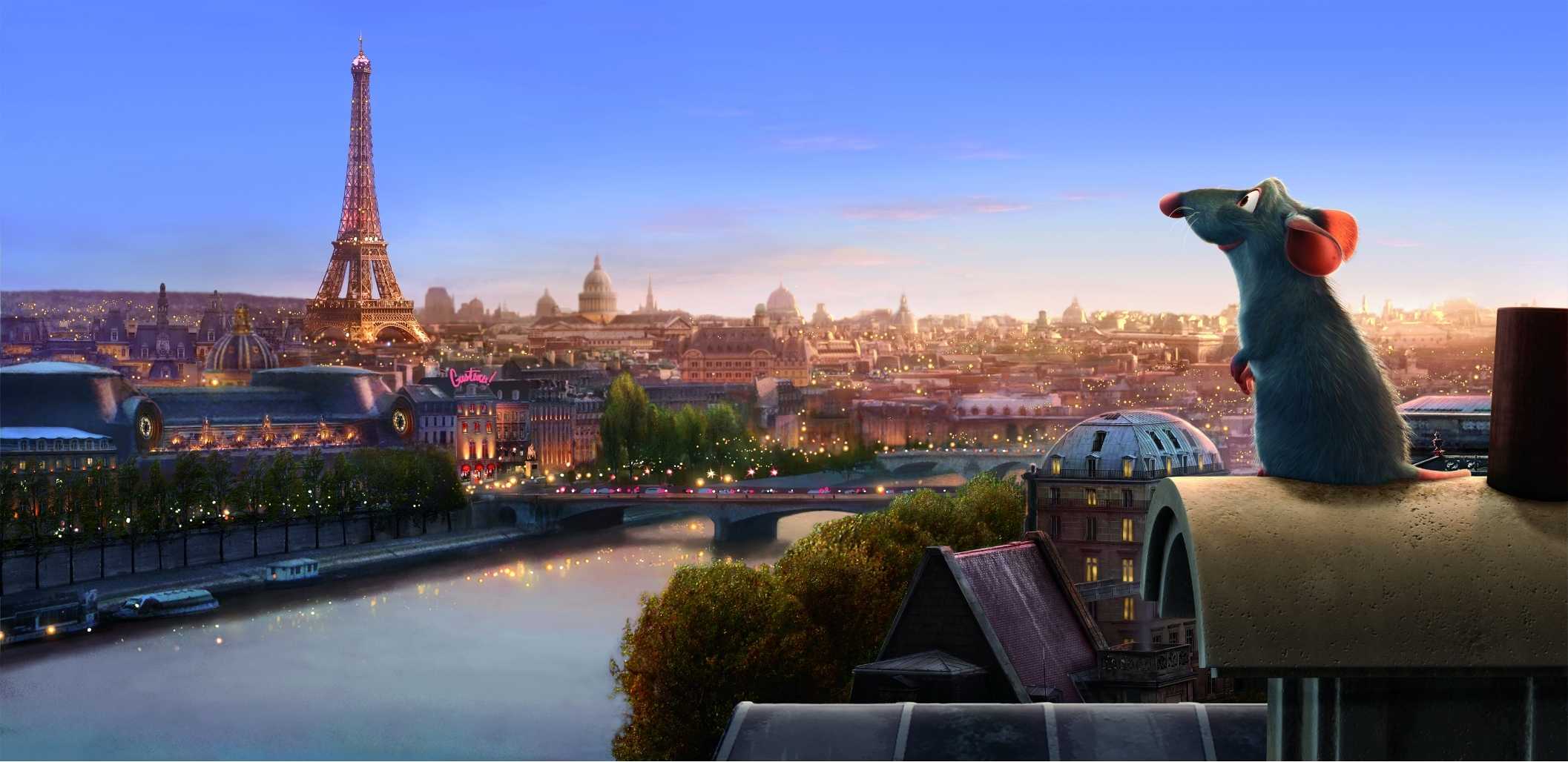
All these reaffirm animation as a universal sense of humor that lets us immerse ourselves in different universes.
While many representations have been criticized because the writers took liberties in history and their writings in order to make the movies more appealing to audiences, they can give us a general idea of life and culture in areas we’ve never been to or haven’t heard of.
4. Animation helps with marketing
Yes, it REALLY helps with marketing. Different types of animated commercials including explainer videos, motion graphics, and 2D & 3D animation all significantly lift up marketing efforts. We perceive 80% of information visually, so traditional marketing ways are out of the question.
In our blog about the indisputable power of animated ads, we have named some of the grand advantages of animation -animated commercials in particular- in marketing:
- Brand recognition
- Brand remembrance
- Cost-effectiveness
- Loyal customer base
- Eliciting nostalgia
- Reinforcing marketing
- Comprehensive topic handling
- Easy shareability
5. Animation scratches your itch for art
Animation is widely used in different industries such as education, gaming, medicine, architecture, and simulations. But we can’t take the art away from it.
To produce something new through animation, you need both technical assets and creative art. I envy artists because they can enjoy different aspects of animation, furthermost its artistry.
6. Animation elicits nostalgia
We’ve had some of our best memories when we were younger. Animation helps us regain our childhood
So, what are you waiting for? You’re only a few clicks away from revisiting those moments! Go watch your favorite animated movie/show right now!
What’s more, animation keeps us young. Whenever we want to get away from the tragedies of life and forget about bills and stuff, animation’s there for us. Sometimes, the animated movie could include characters with real problems or be really really sad, but you don’t watch The Grave of Fireflies every single day. Right?
Wrap-up
Judging by the way most people still consider animation, as a genre mainly for kids that’ll never touch the true classics, we still have a long way to go. Indeed, animation is not a genre, but a medium that breaks the boundaries of imagination to evoke emotions in people like no other medium can.
In my view, the best we can hope for in our lifetime is the recognition of animation’s artistry next to live-action movies.
There you have it, friends! Would you also say that animation is not just for children, or do you think otherwise? Drop us some of your favorite animations below, and let’s take a trip down memory lane together!

Allen Rafiee
Allen is the Senior blog writer at Dream Farm Studios. In the five years he has been writing for startups and big companies, he challenged himself to learn all he could about digital marketing and finally became a key member of the Marcom team. When he's not doing all of that, you can find him teaching different languages, learning new recipes, and watching cool documentaries about, well, anything!

